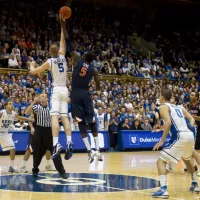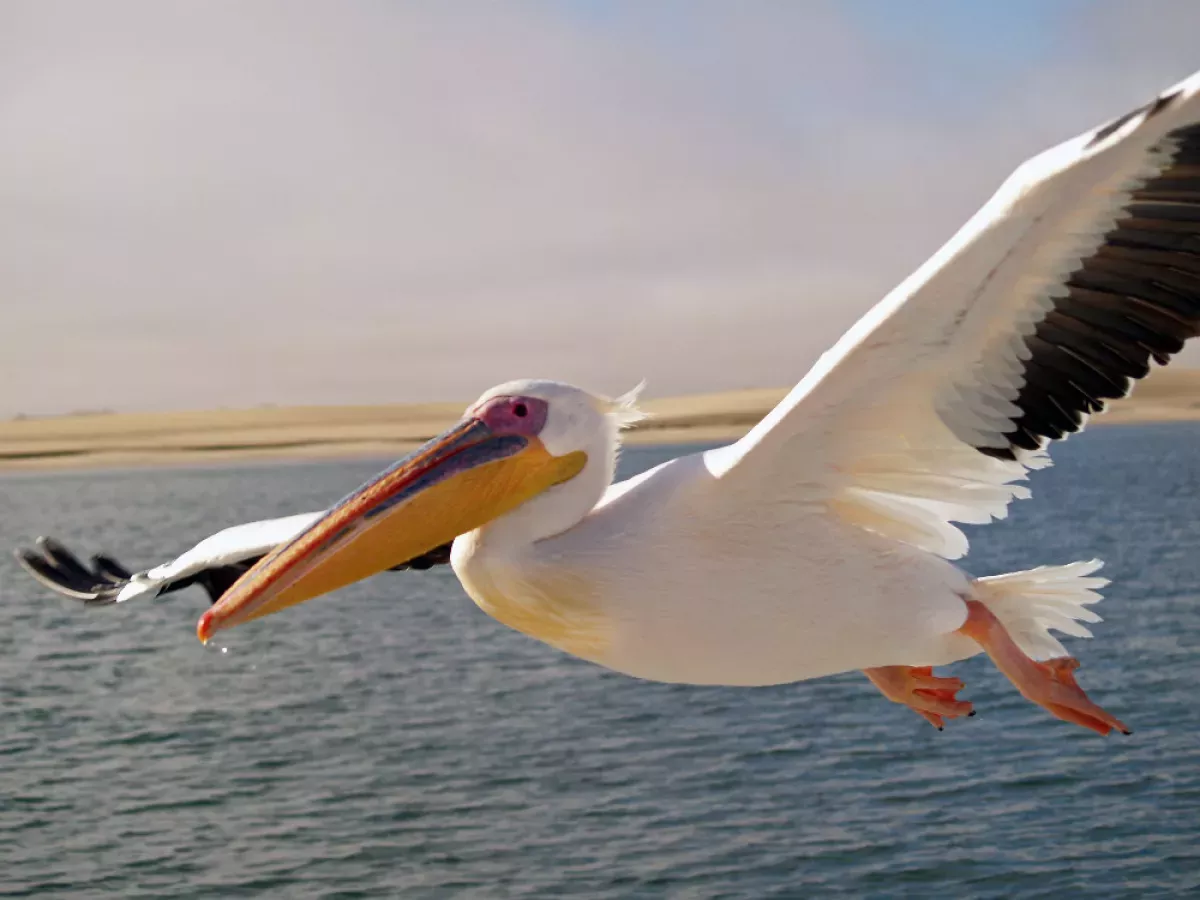Pelicans are a genus of large water birds in the family Pelecanidae. They are known for their long beaks and distinctive throat pouches, which they use to catch prey and drain water before swallowing. Most pelicans have pale plumage, with the exception of the brown and Peruvian pelicans. Before the breeding season, their bills, pouches, and facial skin display bright colors.
1910: Original Pelican Limerick by Dixon Lanier Merritt
In 1910, Dixon Lanier Merritt composed the original version of a popular limerick about the pelican.
1939: Anatomical Dissections of Brown Pelicans
In 1939, anatomical dissections of two brown pelicans revealed a network of air sacs under their skin and in their bones, contributing to buoyancy and potentially cushioning impact during dives, also aiding in heat insulation and aerodynamics.
1970: Brown Pelican Listed as Endangered in the US
In 1970, the brown pelican was listed as an endangered species in the United States due to plummeting numbers.
1972: US Ban on DDT Use
In 1972, an effective ban on DDT was implemented in the US which resulted in the thickening of eggshells of breeding brown pelicans and their populations largely recovered.
1972: Restrictions on DDT Use in the US
In 1972, restrictions on the use of DDT were implemented in the United States, which helped the brown pelican population recover.
May 1975: Pelican Deaths from Endrin Poisoning in Louisiana
In May 1975, over 300 pelicans died in Louisiana from poisoning by the pesticide endrin, after 500 pelicans were imported from Florida to re-establish the population in the late 1960s following major decline from DDT poisoning.
1990: Pelicans Perish from Botulism at Salton Sea
In 1990, approximately 14,000 pelicans, including 7,500 American white pelicans, died from botulism after consuming fish from the Salton Sea.
1991: Pelican Deaths from Domoic Acid Contamination in California
In 1991, abnormal numbers of brown pelicans and Brandt's cormorants died at Santa Cruz, California, due to food fish (anchovies) contaminated with neurotoxic domoic acid produced by the diatom Pseudo-nitzschia.
1996: Dalmatian Pelican on Albanian Coin
In 1996, a Dalmatian pelican was depicted on the reverse of the Albanian 1 lek coin.
1998: Decline of the Peruvian Pelican during El Niño Event
In 1998, the Peruvian pelican population declined dramatically during the El Niño event.
2005: American White Pelican Population
In 2005, the American white pelican population was estimated at over 157,000 birds, increasing east of the continental divide but declining in the west.
2007: Estimated Number of Brown Pelicans Affected by Oil Spills in California
A 2007 report estimated that approximately 500–1,000 brown pelicans had been affected by oil spills in California during the previous 20 years.
2008: Hackett et al. Cladogram
In 2008, a cladogram was published based on Hackett et al.'s research.
2009: Brown Pelican Delisted in the US
In 2009, the brown pelican was delisted as an endangered species in the United States, following its population recovery after restrictions on DDT use.
April 2010: Deepwater Horizon Oil Spill Impact on Brown Pelicans
In April 2010, a year after the Deepwater Horizon oil spill, a 2011 report estimated that a large number of brown pelicans had been harmed as a result of the spill; 932 brown pelicans had been collected after being affected by oiling.
2011: Report on Deepwater Horizon Oil Spill Impact on Brown Pelicans
In 2011, a report estimated the harm to brown pelicans because of the Deepwater Horizon oil spill in April 2010.
May 2012: Peruvian Pelican Deaths from Starvation and Roundworm Infestation
In May 2012, hundreds of Peruvian pelicans were reported to have perished in Peru due to a combination of starvation and roundworm infestation.
Mentioned in this timeline
California is a U S state on the Pacific Coast...
Florida a state in the Southeastern United States is largely...
Trending

6 months ago Diego Luna and Elvira Sastre to celebrate Hay Festival Querétaro's tenth edition.

6 months ago Jordi Alba Discusses Potential Return to Valencia and Past Unpleasant Experiences

1 hour ago Messi and Beckham's Miami miracle: A shining example of soccer success and leadership.

2 hours ago Kentucky Wildcats face criticism after significant loss to Gonzaga in college basketball game.

2 hours ago Jon Pardi & Miranda Lambert Headline PBR Florida State Event at Doak Campbell Stadium.

2 hours ago Ekitike's impact, Aston Villa vs Arsenal updates, Liverpool fans react vs Leeds.
Popular
Matt and Ross Duffer known as the Duffer Brothers are...
Aftyn Alyssa Behn is an American politician currently serving as...

XXXTentacion born Jahseh Dwayne Ricardo Onfroy was a controversial yet...

Lane Kiffin is an American football coach currently serving as...

Candace Owens is an American conservative political commentator and author...

Ilhan Omar is an American politician currently serving as the...
